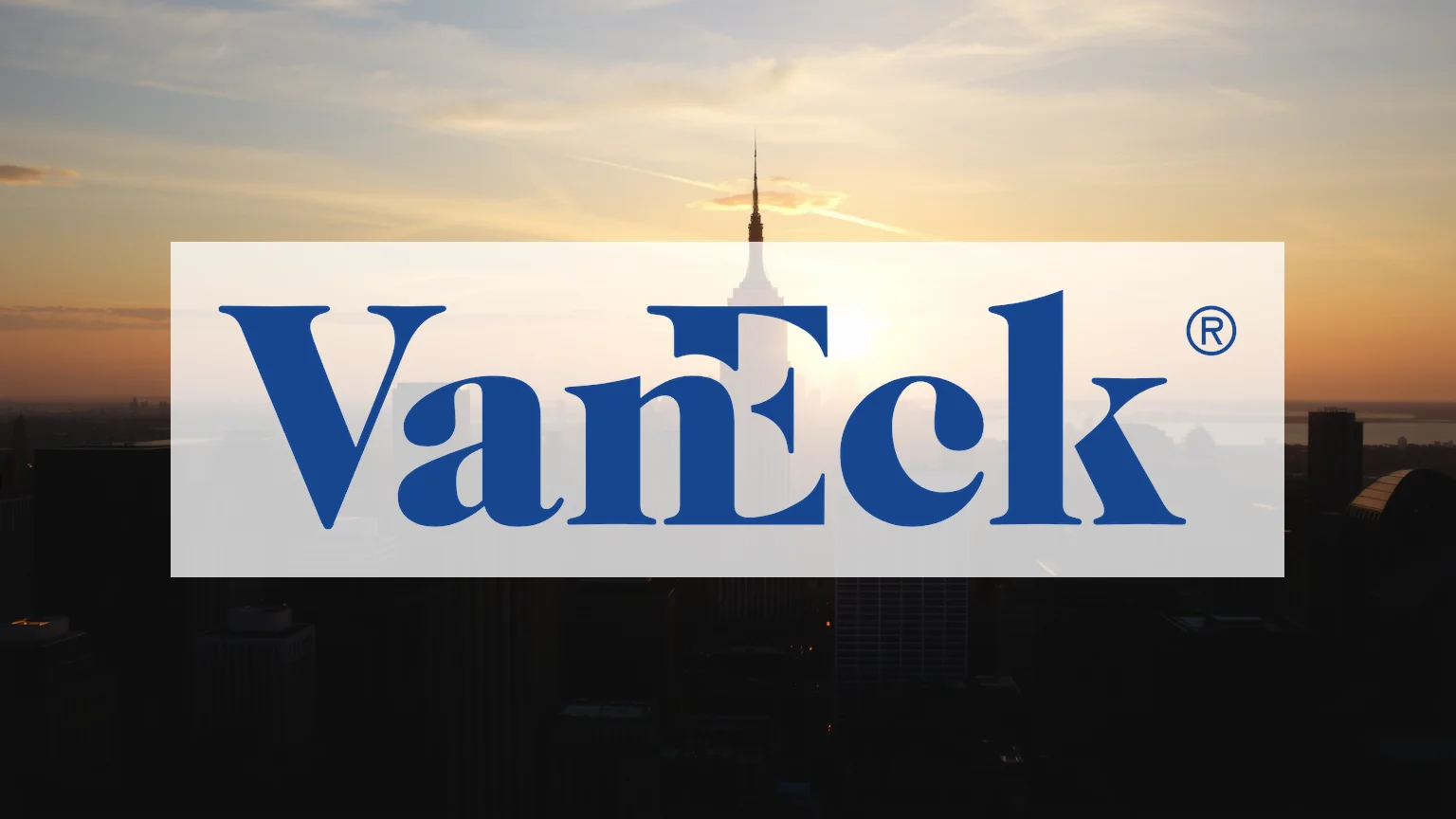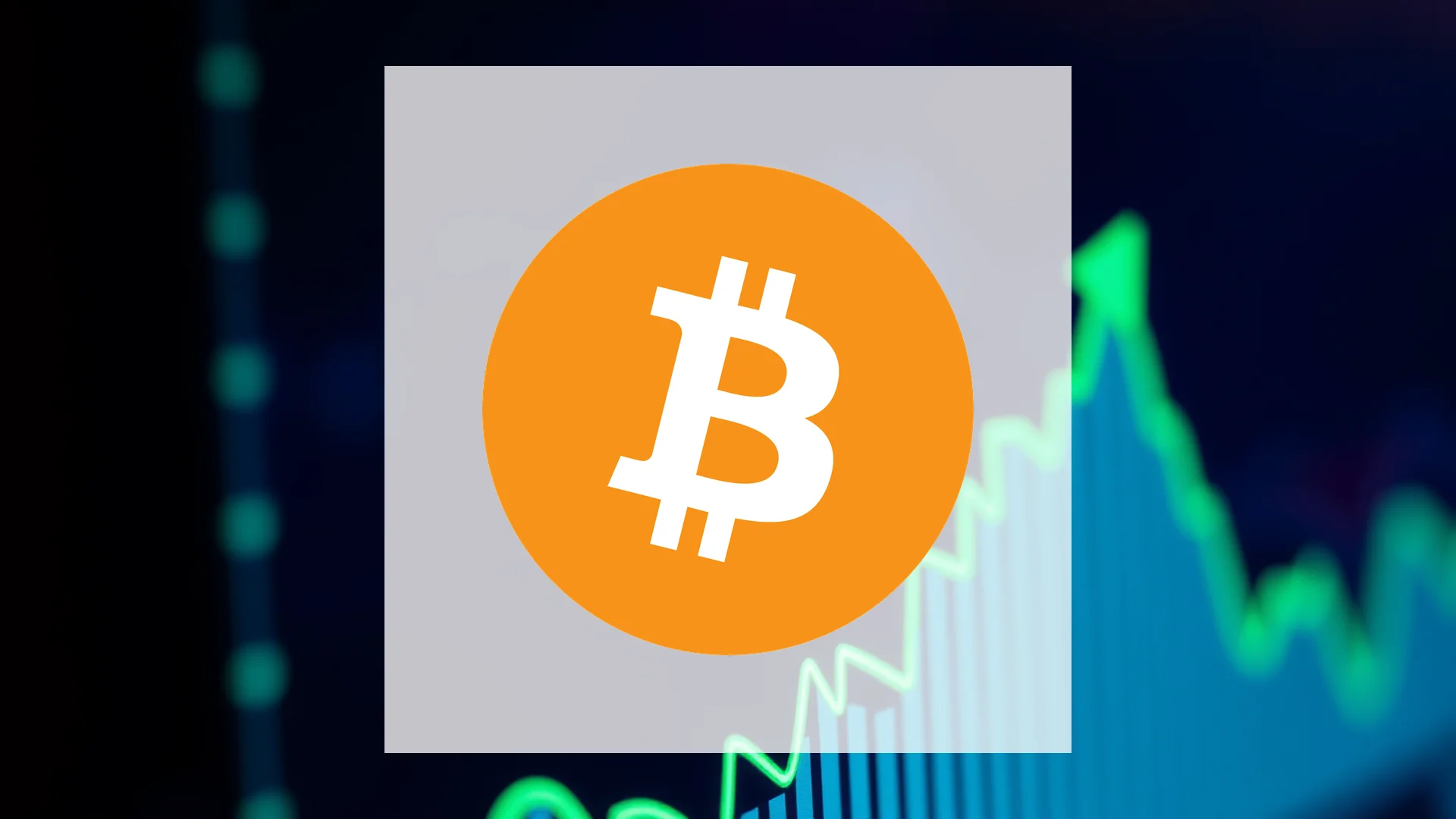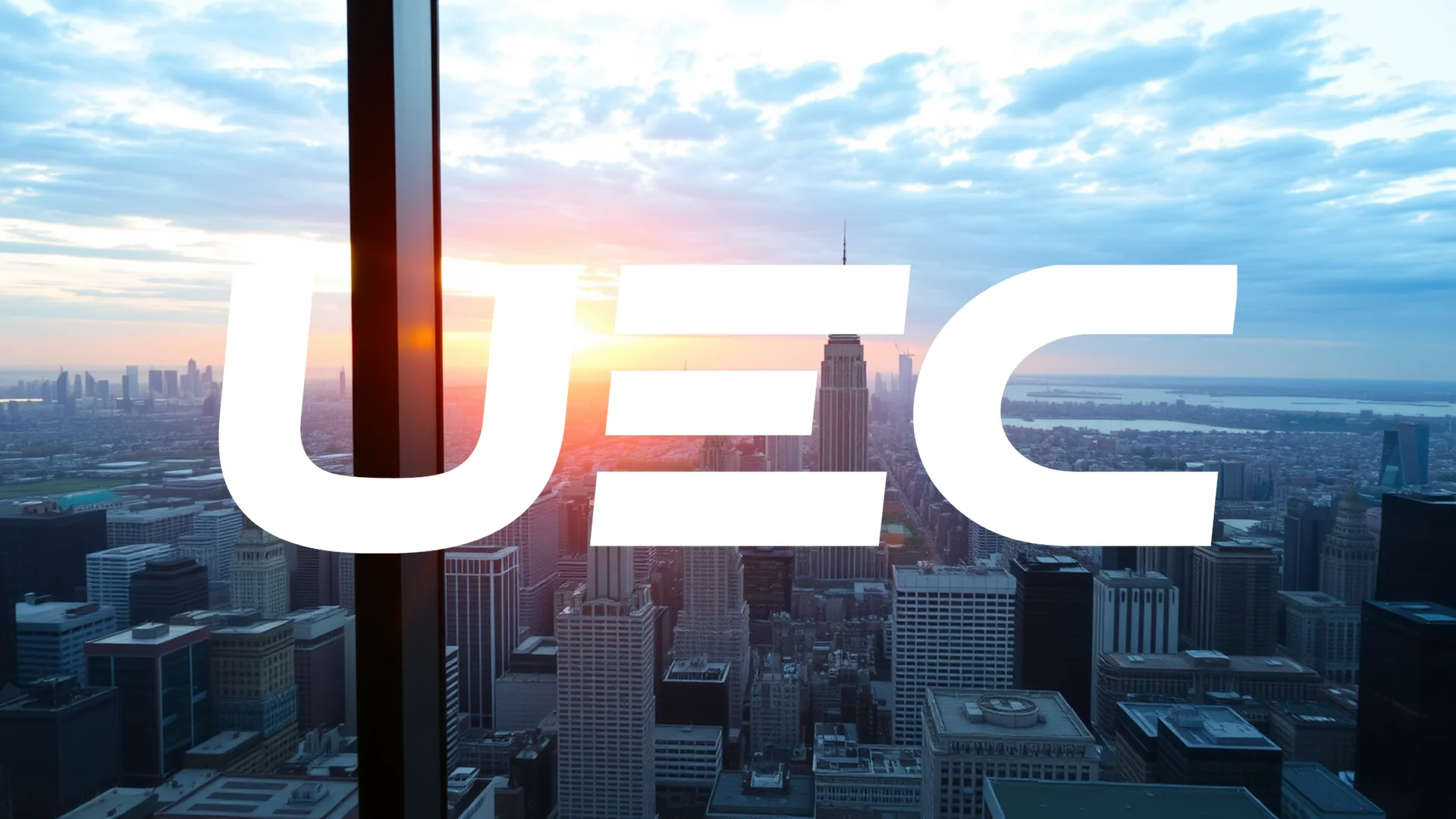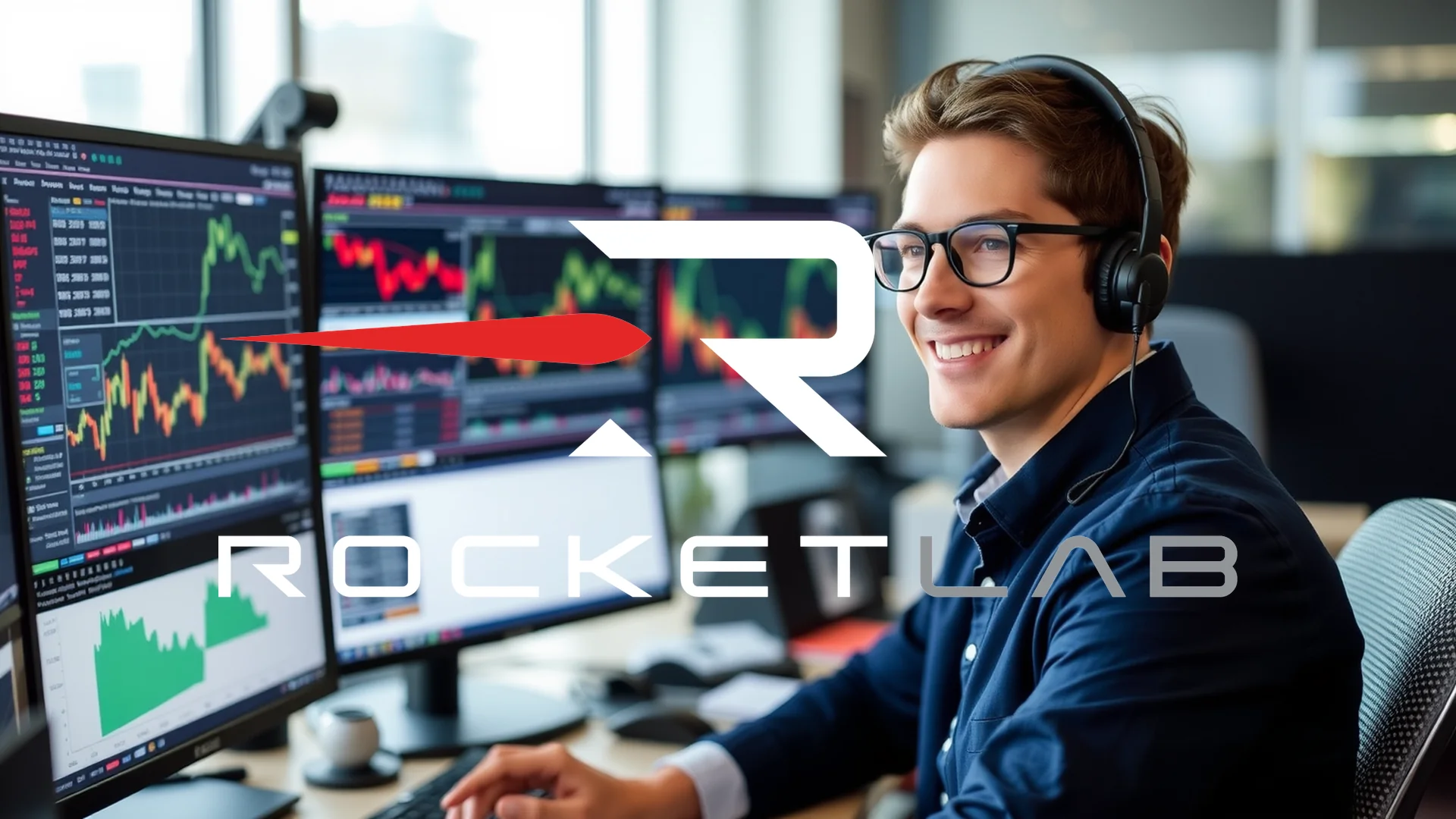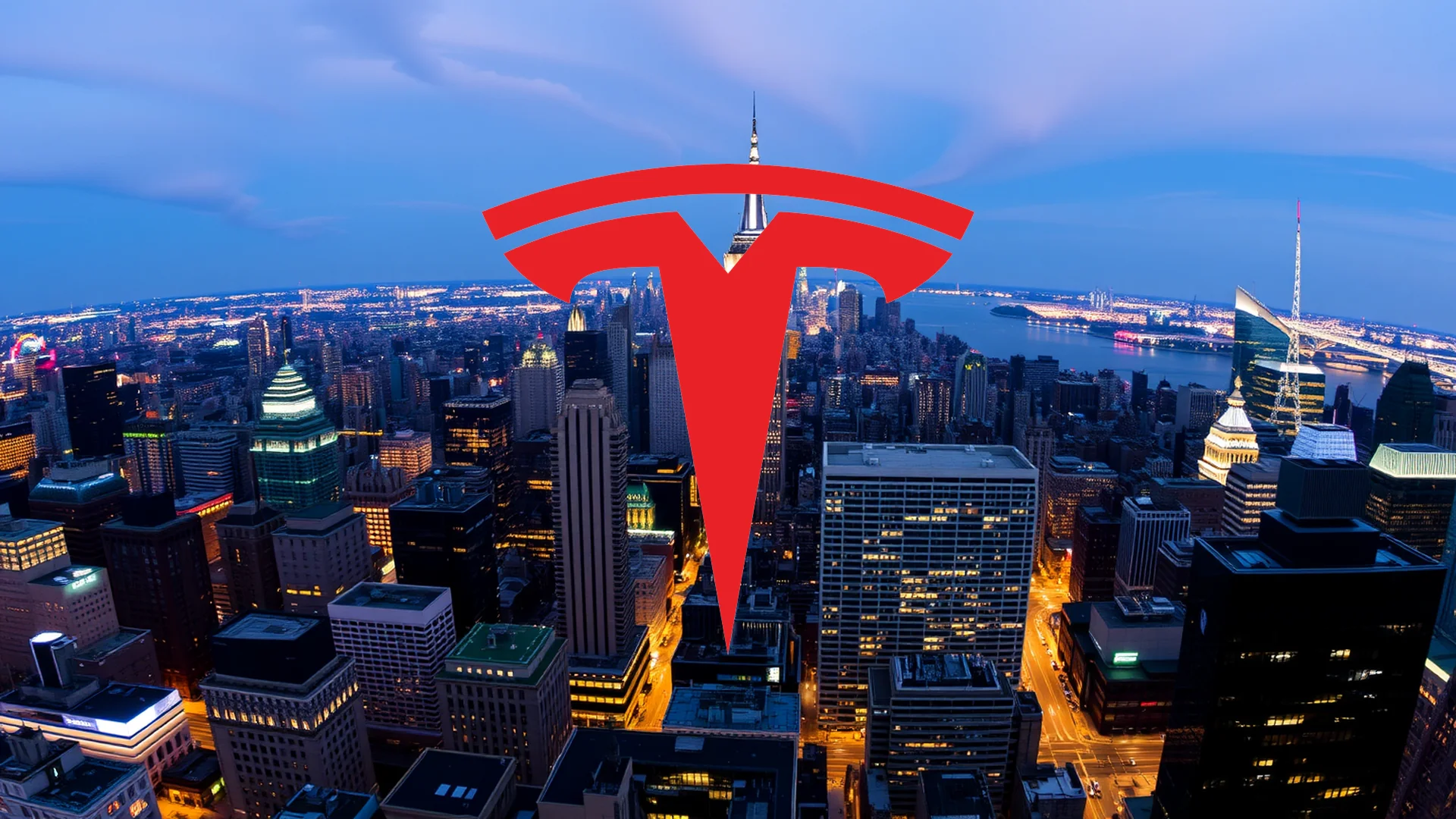The VanEck Video Gaming and eSports ETF (ESPO) has delivered a remarkable performance in 2025, posting a 37.01% year-to-date gain. However, this impressive rally has recently shown signs of stalling, with the fund encountering its first notable pullback. While the global gaming industry continues to experience robust growth, the concentrated ETF faces specific challenges, including regulatory headwinds and inherent concentration risks.
Performance Shows Signs of Fatigue After Strong Run
The fund’s performance metrics tell a compelling story. Beyond its substantial year-to-date returns, ESPO has also climbed 5.98% over the past month. This upward trajectory, however, has been interrupted by a slight decline of 0.64% across the most recent five trading sessions. Investor interest remains robust, evidenced by strong capital inflows: $35.07 million net over one month and a more significant $81.22 million over a three-month period. Liquidity is healthy, with a three-month average daily trading volume of 29,452 shares. A notable detail is the fund’s current trading status; it changes hands at a slight 0.15% premium to its net asset value (NAV), indicating investor willingness to pay a premium over the intrinsic value of its underlying holdings.
A Concentrated Portfolio of Industry Titans
With assets under management totaling $418.21 million, the ESPO ETF provides targeted exposure to the world’s leading video game and eSports companies. Its strategy is highly focused, maintaining positions in just 29 companies, with its top ten holdings accounting for the majority of the portfolio’s weight. This creates a performance profile heavily dependent on its largest constituents.
The list of top holdings is a veritable roll call of industry leaders:
– Nintendo (7.69%)
– Roblox Corporation (7.17%)
– Tencent Holdings (6.63%)
– AppLovin Corporation (6.62%)
– Unity Software (6.38%)
Should investors sell immediately? Or is it worth buying VanEck Gaming ETF?
Geographic and Sector Allocation Highlights Specific Risks
The fund’s geographic allocation is strategically focused on the world’s three largest gaming markets. The United States represents the largest share at 34.63%, followed by Japan (25.97%) and China (19.17%). From a sector perspective, the communication services sector dominates with a hefty 74.64% weighting. It is followed by information technology (14.64%) and consumer cyclical (10.57%).
This specific allocation, while offering pure-play exposure to interactive entertainment, also concentrates its risk profile. The potential for regulatory shifts, such as a proposed ban on online money gaming in India, demonstrates how quickly new policies can impact entire segments of the market.
Navigating a Competitive ETF Landscape
ESPO does not operate in a vacuum. It competes with other funds targeting the same theme, including the Amplify Video Game Leaders ETF (GAMR) and the Roundhill Video Games ETF (NERD). Each competitor employs a distinct strategy regarding index methodology and portfolio composition.
The critical question for investors is whether ESPO can maintain its significant outperformance relative to the broader market. Lofty valuations across the tech sector and persistent regulatory uncertainties present ongoing challenges. The fund’s recent period of weakness may serve as an early indicator that its breakneck pace of gains could be difficult to sustain.
Ad
VanEck Gaming ETF Stock: Buy or Sell?! New VanEck Gaming ETF Analysis from January 7 delivers the answer:
The latest VanEck Gaming ETF figures speak for themselves: Urgent action needed for VanEck Gaming ETF investors. Is it worth buying or should you sell? Find out what to do now in the current free analysis from January 7.
VanEck Gaming ETF: Buy or sell? Read more here...

